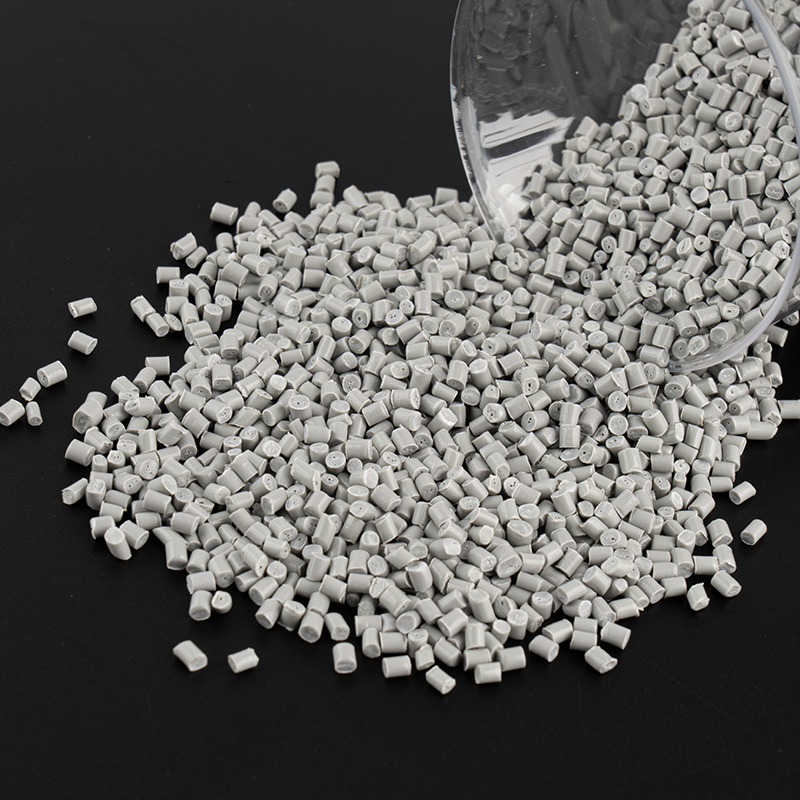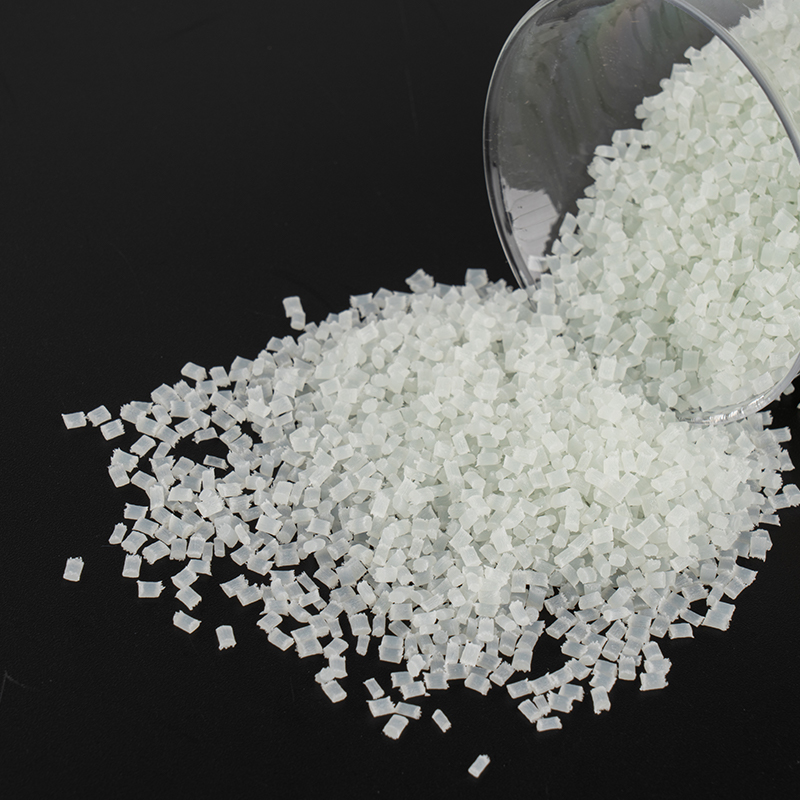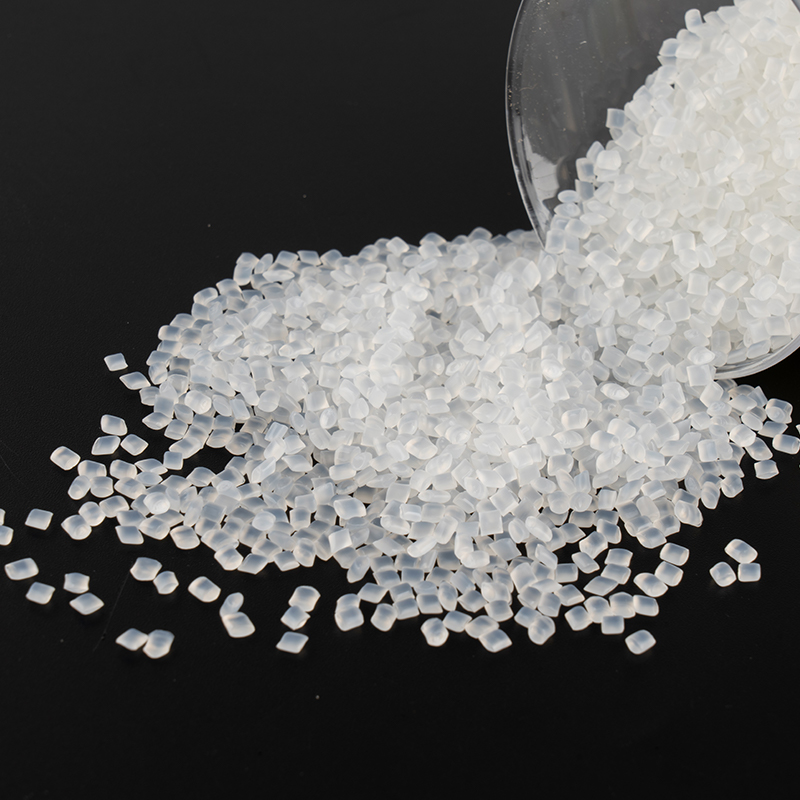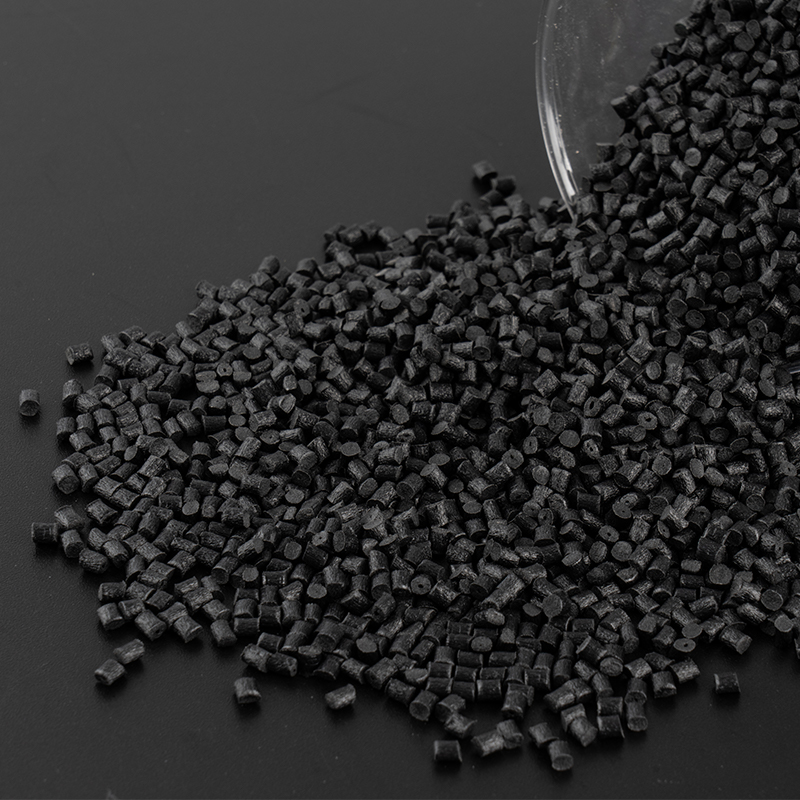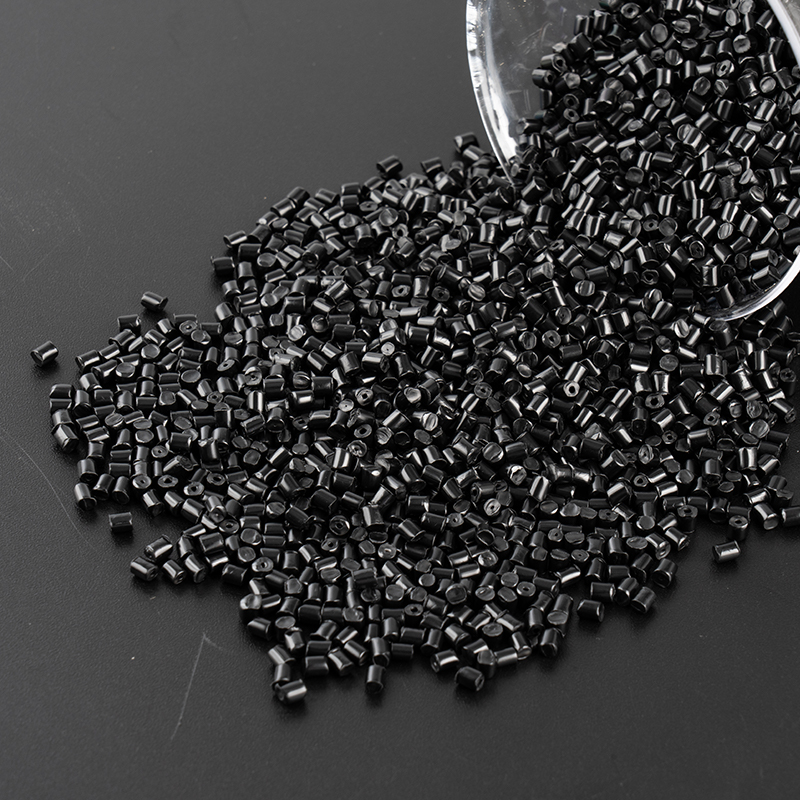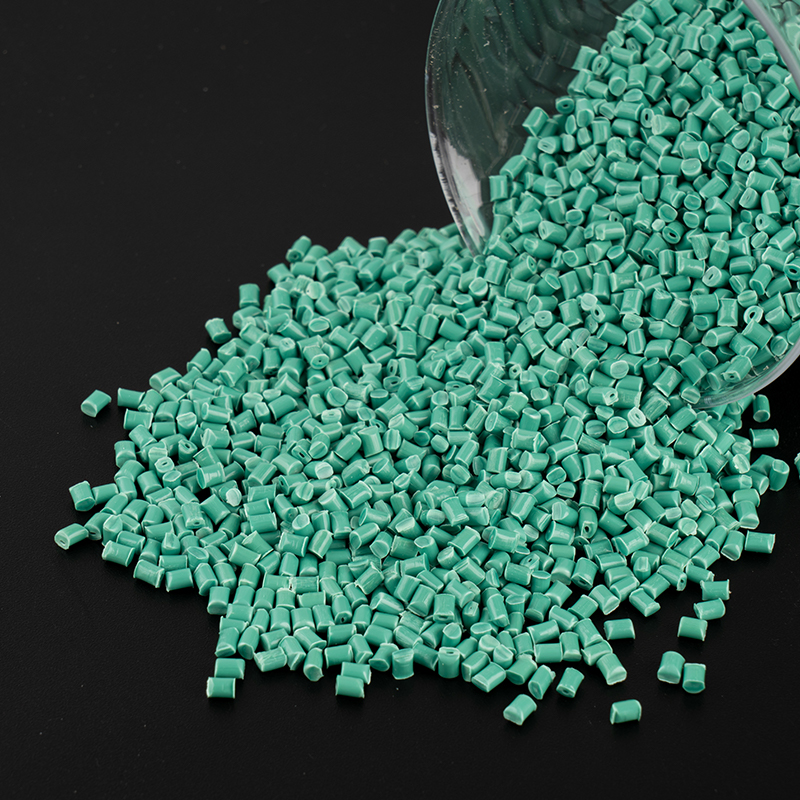1. The Importance of Moisture Resistance
The storage environment of power tools directly affects their longevity, with humidity being a major factor. Moisture is one of the leading causes of rust on metal tools. When tools are exposed to moisture over time, water can seep into the metal surface, leading to corrosion and rusting. For many homeowners and construction sites, the moisture resistance of a toolbox is crucial.
Plastic power tool boxes, due to their high sealing and water-resistant materials, effectively block external moisture, keeping the tools safe from humidity damage. In particular, plastic boxes with moisture-resistant features can ensure that the tools inside stay dry during long-term storage, preventing rusting caused by accumulated moisture.

How to Enhance Moisture Resistance?
-
Choose Toolboxes with Strong Sealing
When selecting a plastic toolbox, sealing is a critical factor. High-quality plastic toolboxes often have special sealing strips or waterproof lids that allow the box to isolate the interior from the outside environment, preventing moisture from getting in. -
Use Moisture Absorbers
Placing moisture absorbers (such as silica gel packets or activated charcoal bags) inside the toolbox is a simple yet effective solution. These moisture absorbers help absorb excess moisture within the toolbox, keeping the environment dry. Moisture absorbers are not only useful for tool storage but also for other equipment and storage boxes. -
Choose Toolboxes with Ventilation Holes
Some high-end plastic toolboxes are designed with ventilation holes, which allow moisture to escape without affecting the protection of the tools. This design is suitable for tools that need to be stored for long periods. -
Avoid Storing in High-Humidity Areas
It’s also important to keep the toolbox away from damp environments. Avoid placing the toolbox in a basement or near windows, especially during the rainy season or in high-humidity weather conditions.
2. The Benefits of Rust Resistance
Rust is a common issue with power tools. When metal tools are exposed to a humid environment, especially if not properly protected, they are susceptible to water and oxygen in the air, which can lead to rust formation. Rust not only affects the appearance of the tools but also diminishes their performance and, in extreme cases, makes them unusable.
Plastic power tool boxes’ rust resistance primarily lies in two aspects: first, the plastic material itself does not rust, providing better protection for metal tools. Second, the sealing and moisture-resistant design of plastic toolboxes effectively prevents moisture from entering, reducing the risk of rusting at the source.
How to Further Improve Rust Protection?
-
Use Anti-Rust Coatings
To further enhance the rust resistance of metal tools, consider using anti-rust coatings. These coatings form a protective layer on the metal, preventing water from coming into direct contact with the surface. There are many rust-preventive coatings available in the market that are designed for application on metal parts of power tools. -
Avoid Direct Contact with Water
Try to avoid exposing the toolbox to damp conditions, especially in areas where it might be exposed to rain or heavy moisture. When storing tools, choose toolboxes with stronger sealing capabilities to minimize water entry. -
Regularly Inspect Tools
Periodically check the moisture level inside the toolbox and take action if there is any moisture buildup. If moisture is detected, remove the tools, dry them off, and place the toolbox in a dry area until the moisture dissipates.
3. The Importance of Material Selection
The moisture and rust resistance of plastic power tool boxes are heavily dependent on the materials used. Different types of plastics have different properties, so choosing the right plastic material is essential.
Common plastic materials include Polypropylene (PP) and Polyethylene (PE). These materials offer strong water resistance and oxidation resistance, effectively protecting tools from external elements. In addition, these plastics are durable and lightweight, making them ideal for long-term storage and transportation of tools.
Features of High-Quality Plastic Toolboxes:
-
High Durability
High-quality plastic toolboxes are highly durable and can withstand external pressure and impact. Even during transport, the toolbox is less likely to break, ensuring that the tools remain safe. -
UV Resistance
Prolonged exposure to sunlight can degrade plastic materials due to UV radiation. However, high-quality plastic toolboxes are often treated with UV inhibitors to prevent the breakdown of the material, thus extending the toolbox’s lifespan. -
Excellent Impact Resistance
Plastic toolboxes’ impact resistance ensures that tools will not be damaged during handling and use. This makes plastic toolboxes particularly suitable for environments like construction sites, where tools are frequently moved around.
4. Additional Protective Measures
Even with high-quality plastic power tool boxes, additional protective measures are essential. The lifespan of your tools depends not only on the toolbox but also on proper usage and maintenance.
1. Regularly Check the Toolbox and Tools
Even with moisture and rust-resistant features, it’s essential to inspect the toolbox periodically. This helps ensure that there is no water accumulation, humidity, or damp smells inside. Ensure the toolbox’s seal remains intact.
2. Properly Clean the Toolbox
Cleaning the toolbox is equally important. Regularly remove dust and debris from the toolbox to prevent dirt or metal shavings from accumulating, which can trap moisture and lead to rust formation.
3. Use Waterproof Bags
For more valuable power tools, consider placing them inside waterproof bags for additional protection. Waterproof bags offer extra security against external moisture, especially in humid conditions.
4. Avoid Direct Contact Between Tools and Toolbox Walls
It’s best to keep tools from directly touching the walls of the toolbox to prevent wear and tear. Using tool trays or dividers to neatly organize tools can prevent them from rubbing against each other and reduce the risk of rust caused by moisture.






